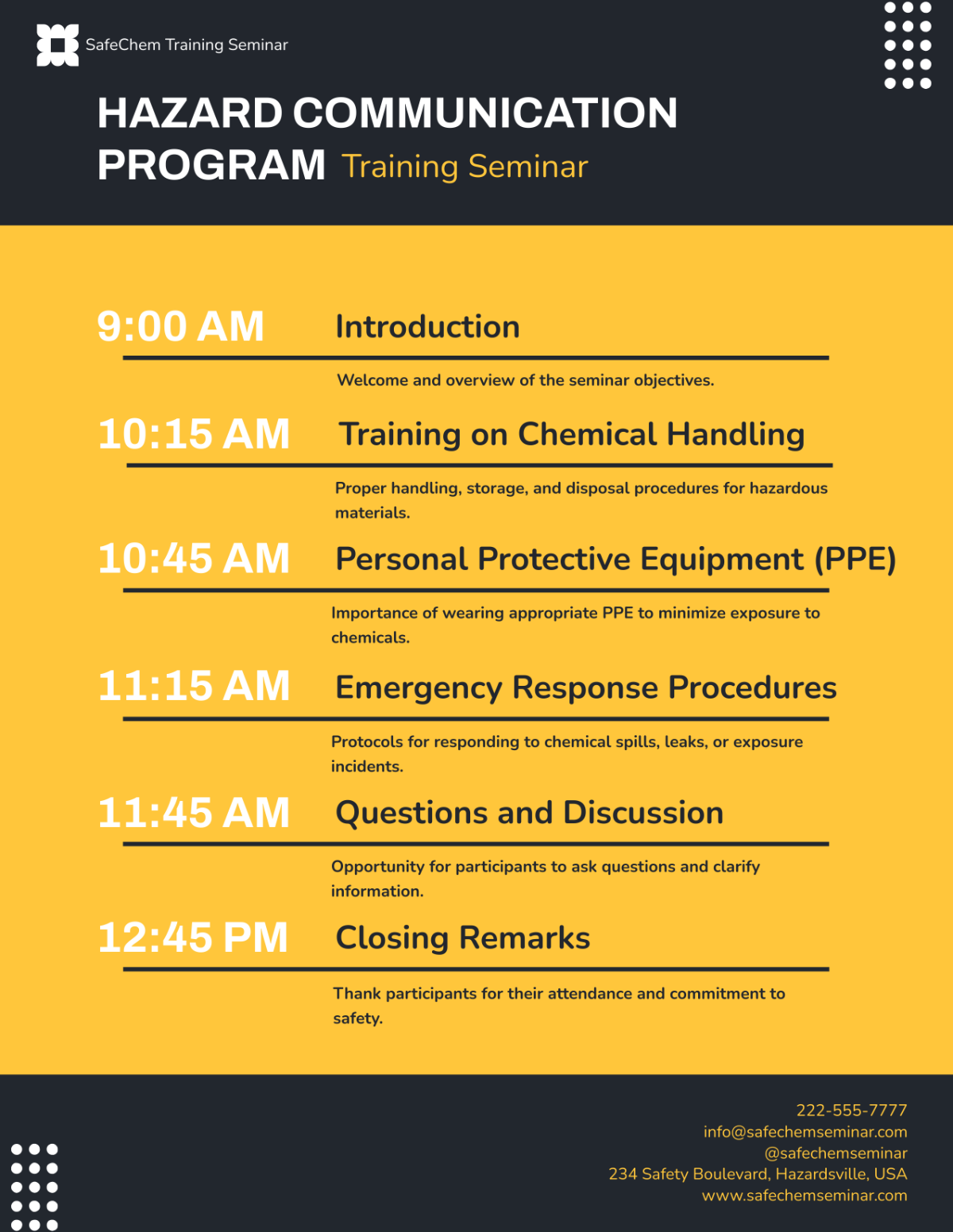Security Program Plan
I. Introduction
The Security Program Plan serves as a detailed guide that delineates the critical elements of an organization's approach to protecting its information assets. This document offers a methodical strategy for developing, executing, and preserving a thorough and all-encompassing security framework.
II. Governance and Risk Management
1. Security Governance
Security governance ensures that information security strategies align with business objectives.
Establish a security governance framework.
Define roles and responsibilities.
Integrate security into enterprise risk management.
2. Risk Management
Risk management involves identifying, evaluating, and prioritizing potential threats to information security.
Step | Description |
|---|---|
Identify | Recognize potential risks that could impact information assets. |
Assess | Analyze the likelihood and impact of identified risks. |
Mitigate | Implement measures to reduce risk exposure. |
Monitor | Continuously track risk environment changes. |
III. Security Policies and Procedures
1. Development of Security Policies
Policies are the foundation of a security program, detailing how security should be managed and implemented across the organization.
Access Control Policy
Data Protection Policy
Incident Response Policy
2. Security Procedures
Procedures provide detailed instructions to support policy implementation.
Define step-by-step guidelines.
Assign responsibilities for procedure execution.
Regularly review and update procedures as needed.
IV. Security Training and Awareness
1. Training Programs
Security training is essential to educate employees about security risks and best practices.
Develop comprehensive training modules.
Ensure training is role-specific.
Regularly update training content.
2. Awareness Initiatives
Security awareness programs aim to cultivate a security-conscious culture within the organization.
Conduct regular awareness campaigns.
Create engaging security content (e.g., newsletters, videos).
Promote a security-first mindset among all staff members.
V. Incident Response Plan
1. Incident Detection and Reporting
Effective incident response relies on rapid identification and accurate reporting of security incidents.
Implement monitoring tools and systems.
Establish clear reporting channels.
Define incident reporting criteria.
2. Incident Handling Procedures
Detailed procedures enable a standardized response to security incidents.
Triage and categorize incidents.
Analyze and contain incidents.
Implement recovery procedures.
Document lessons learned for future prevention.
VI. Continuous Monitoring and Improvement
A successful security program requires ongoing evaluation and adaptation to emerging threats.
Conduct regular security audits.
Engage in threat intelligence-sharing initiatives.
Continuously update security technologies and practices.

















































